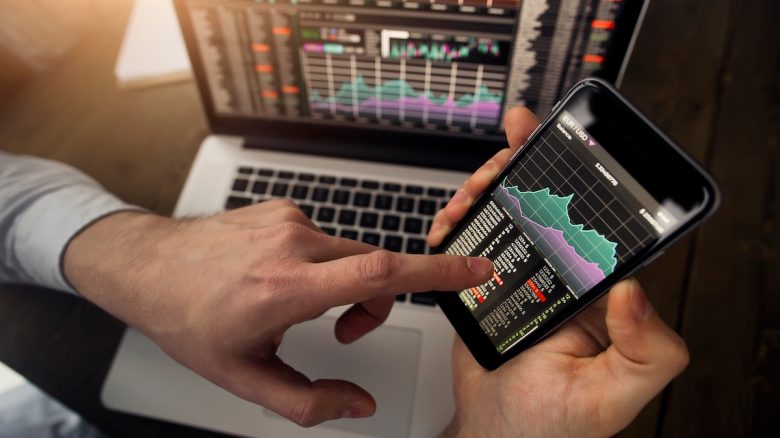If only we had a crystal ball to tell us when our stocks are about to take a dive. There are certain indicative factors, but you shouldn’t do what famed TV chef and home guru Martha Stewart did- she sold her stocks in pharmaceutical company Imclone the day before it was announced that one of their major products hadn’t received an expected FDA (Food and Drug Administration) approval. The resulting criminal charges alleged that she had received insider’s knowledge from her broker and was subsequently convicted of securities fraud, resulting in a five month jail term. The day that the announcement of Imclone’s failure to receive FDA approval was made, the company’s stock value decreased by 16%. This was a massive drop, although it’s somewhat of an isolated case. Can you imagine what would happen if a vast array of different companies suddenly had a drastic drop in stock value overnight or over just a couple of days? If you can think back to the global crash of 2008, then you’ll know that the consequences of a crash on an individual’s, a family’s, or even a nation’s financial well being can be dire- since it generally lead to recession. So what does the average investor do to protect him or herself against a market crash? And what do you do when it happens?
Is a Diverse Investment Portfolio the Answer?
It’s logical to think that a diverse stock portfolio with multiple investments will provide you with the best level of protection against a market crash. Even if some of your investments shrivel up and disappear, the better performing stocks will allow you to weather the storm, right? Professor Tobias Preis has undertaken an exhaustive analysis of the Dow Jones index closing prices from 1939 to 2010, and has found that diverse portfolios aren’t necessarily so safe in times of massive crisis.
The report states: “The average correlation between these stocks increases at the same rate as market stress. Consequently the diversification effect, which should protect a portfolio, melts away in times of market losses, just when it would be needed most.” It’s hoped that the study will allow for a model of investment that can anticipate fluctuations in diversification and investment, ideally preventing market instability before it becomes critical“.
Insuring Your Investments
You might have heard of a “put option” available as an extra when you purchase stocks. This certainly raises your overall investment costs, but can offer you protection against a stock decline or even a market crash. The put option means you can sell your stocks at a pre-determined rate, no matter how far the stock ends up falling. This doesn’t necessarily mean that you’ll get the entirety of your investment back, since the specific put option might result in a lower price than what you originally paid, but it ensures that you won’t be entirely cleaned out. Given that the global market is still recovering from the 2008 crash, an extra level of protection can allow investors to sleep more soundly at night. You’re less likely to lose your investments if you’ve put your money into supposedly safe industries- although the gains from these investments tend to be slower burning than other stocks, and are the sort of thing where your money will sit for years, if not decades.
In times of financial uncertainty, and if a market crash seems to be looming, then consider so-called “recession proof stocks,” and you can find many suggestions for these online, or ask your broker. You can’t necessarily escape a crash unscathed, but you can certainly minimize your risk. Just don’t go down the same road as Martha Stewart, unless you think you look particularly good in an orange jumpsuit…

